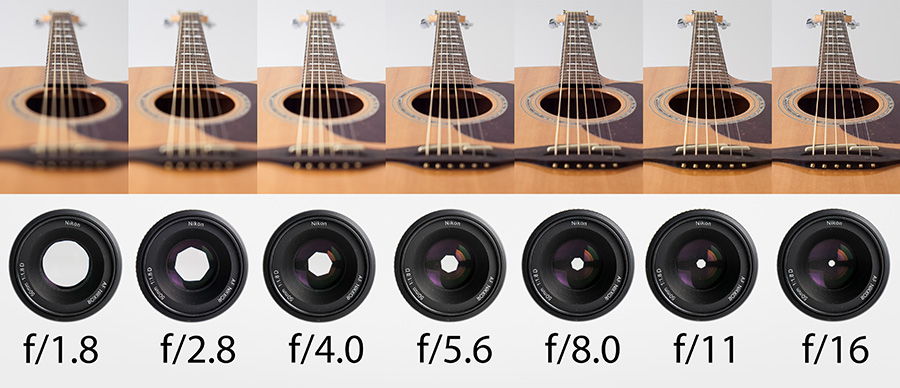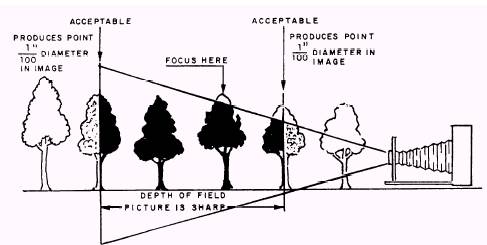

Imagine being in the Himalayas at a nice sunset and all you shoot is a beautiful rose. The isolation of the object due to its "outstanding" sharpness is very significant here. This is a natural reaction because the brain scans for the most contrasty subject first.

The blue marble to the right sucks the view from the first look. Sometimes there's a workaround for this problem: we choose a very small depth-of-field so only the main subject is in focus while everything in front or behind the focus plane gets blurry and therefore virtually unimportant. However, while you separate the object the environment is still visible which may be disturbing because -say- the background is very ugly. For example, you can use a very wide lens to sort the scene into distinctive layers. Object IsolationĪn object can be separated from its environment by various methods. We speak of a "flat" perspective in this case. The background may be blurry (due to the small depth-of-field) but it seems to be just a few meters away. The group of trees seems to be virtually on the same distance plane. The scene is compressed now.Īt 200mm the effect increases even more.

Compared to the previous sample the now enlarged background suddenly moved towards the main object. The trees seem to group here with a seemingly small distance between the trees. Due to our real life experience we can guess that the distance between the trees is roughly the same though the separation is still visible (d^2 behavior). The perspective is obviously much less extreme.

The next picture has a more natural view at about 50mm. The background seems to be far in the distance. In other words: the tree to the left seems to be totally separated from the rest of the gang. At the wide setting it seems that this distance actually increases dramatically towards the foreground (exponential behavior of the distance). The following image samples show 4 trees with an equal distance between neighbor trees. Let's have a look at a relatively wide focal length first: 28mm. There's a bit more about the focal length than just the coverage of a certain angle of view - there's always a distinct effect on the relationship between the objects within a scene. whereas this one prefers a different focus plane (same aperture).Īs you can see we have lots of potential creativity just by selecting the aperture and focus plane. The next shot (large aperture) isolates the foreground. The next picture (same focus plane) was shot with minimal aperture to achieve max. The following picture (large aperture) isolates a small zone around the focus plane. This assumption works fine in some photographics scenes but it's certainly wrong as a general shooting philosophy. Typical beginners tend to think that a good picture is a picture where everything is sharp so often small aperture values are preferred in order to maximize the depth-of-field. Beyond the (floating) b order of this zone objects get blurry. The DOF defines a zone around the chosen focus point where objects appear to be sharp. Depending on the chosen aperture (f-stop), the focal length and the focus distance you have a certain depth-of-field (DOF).


 0 kommentar(er)
0 kommentar(er)
